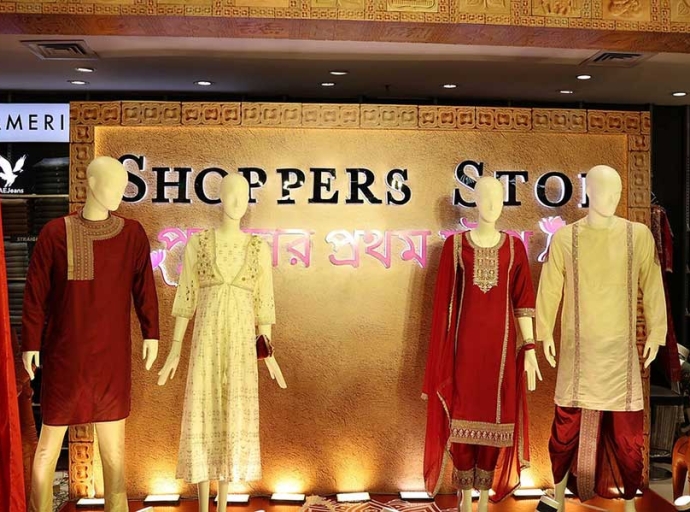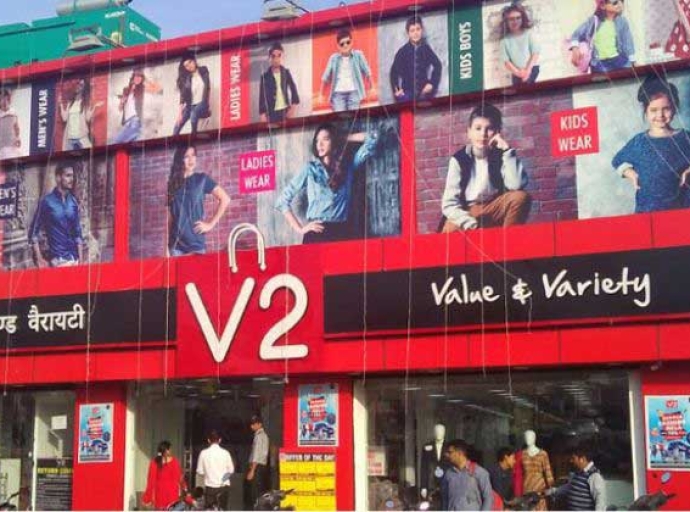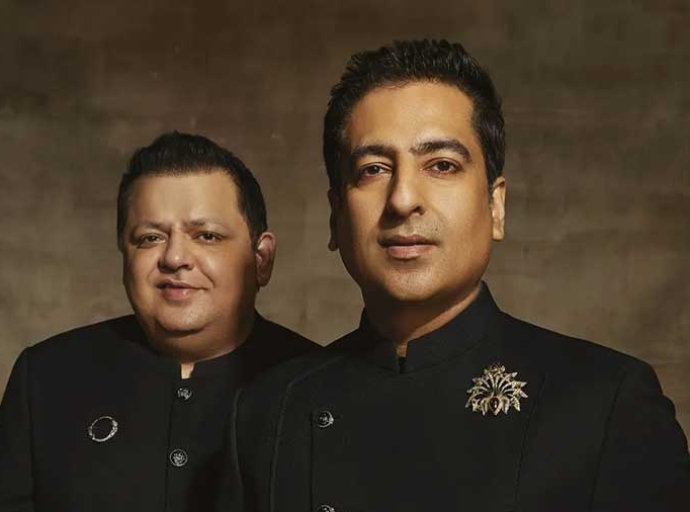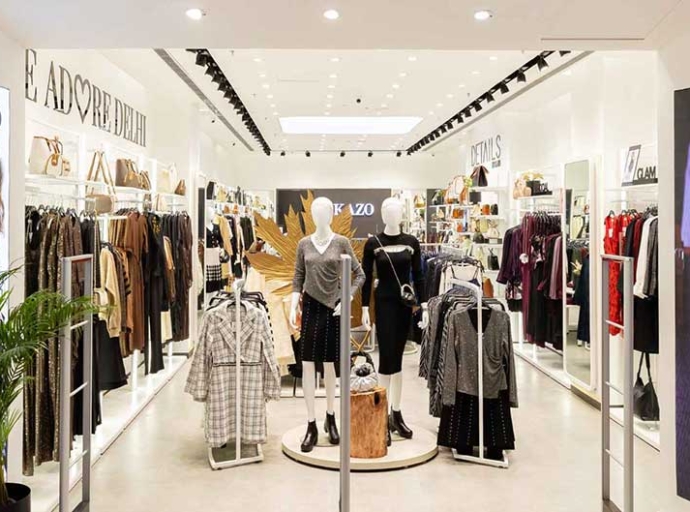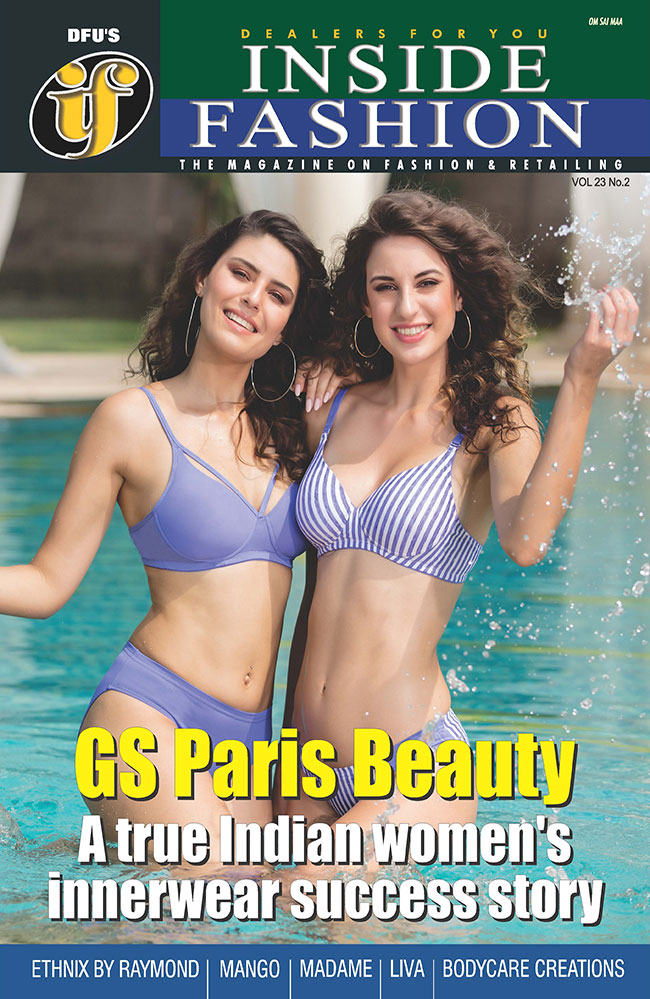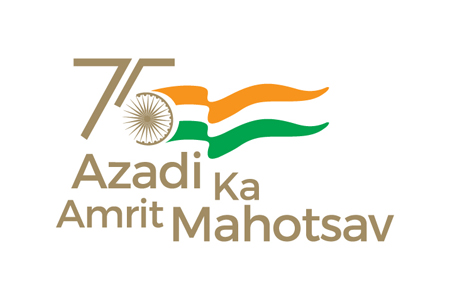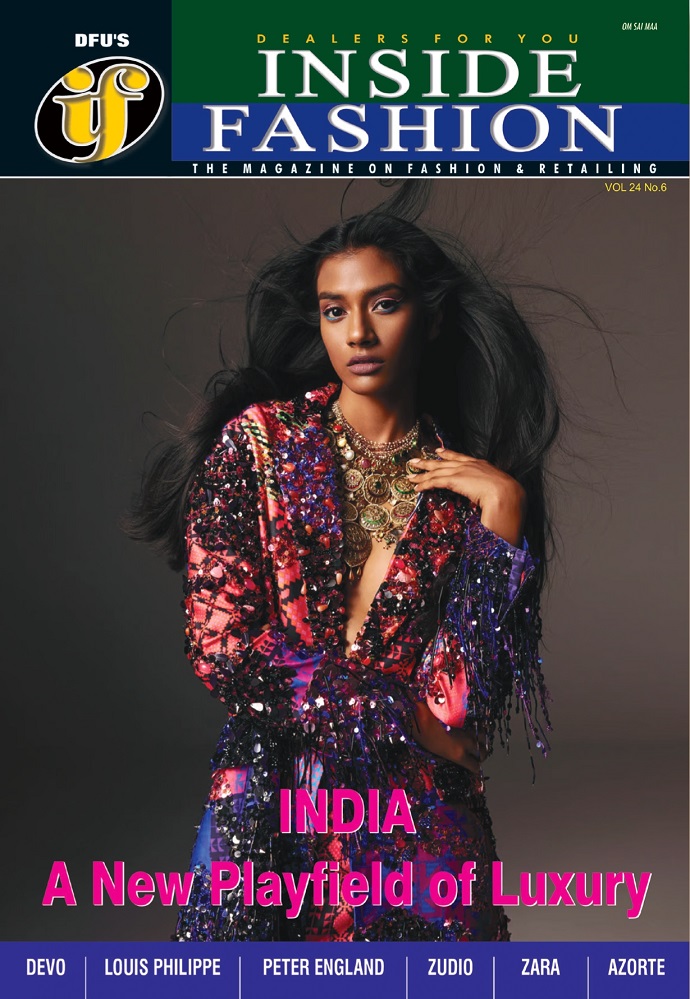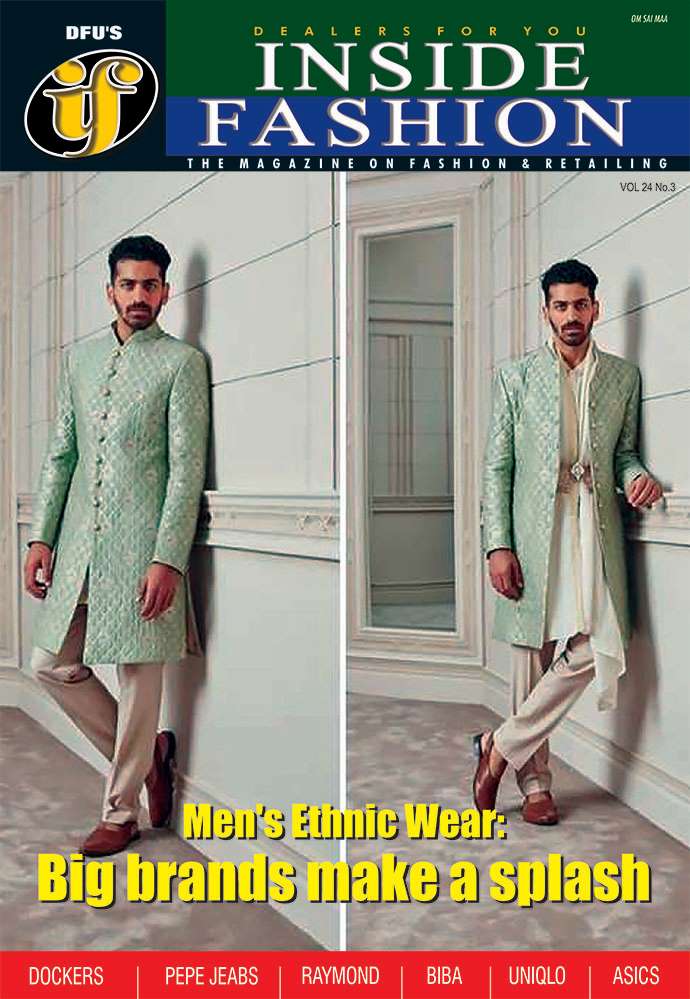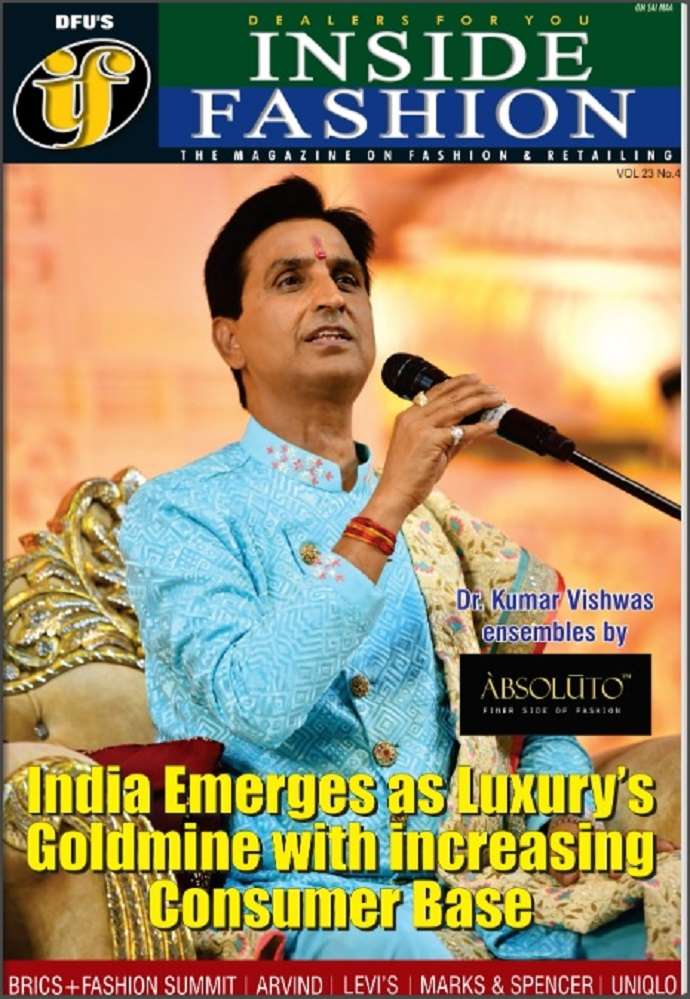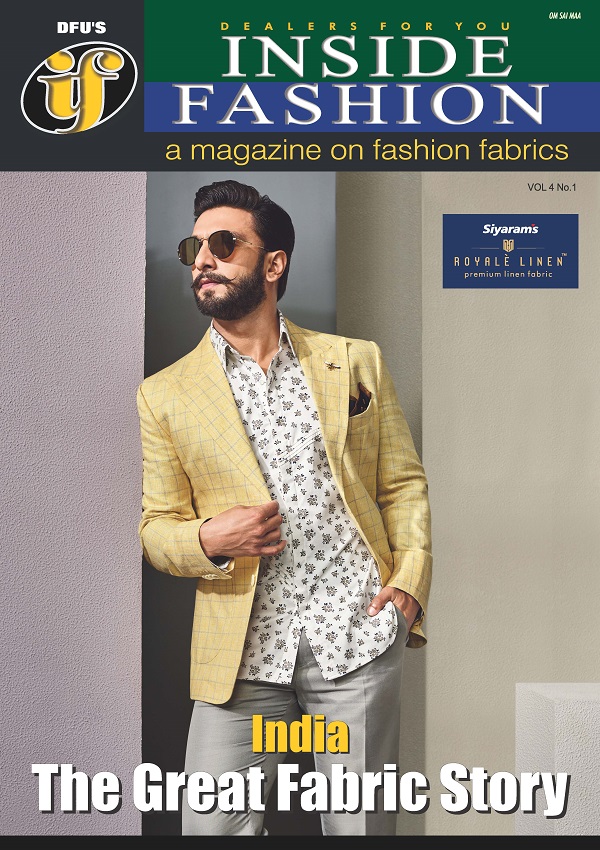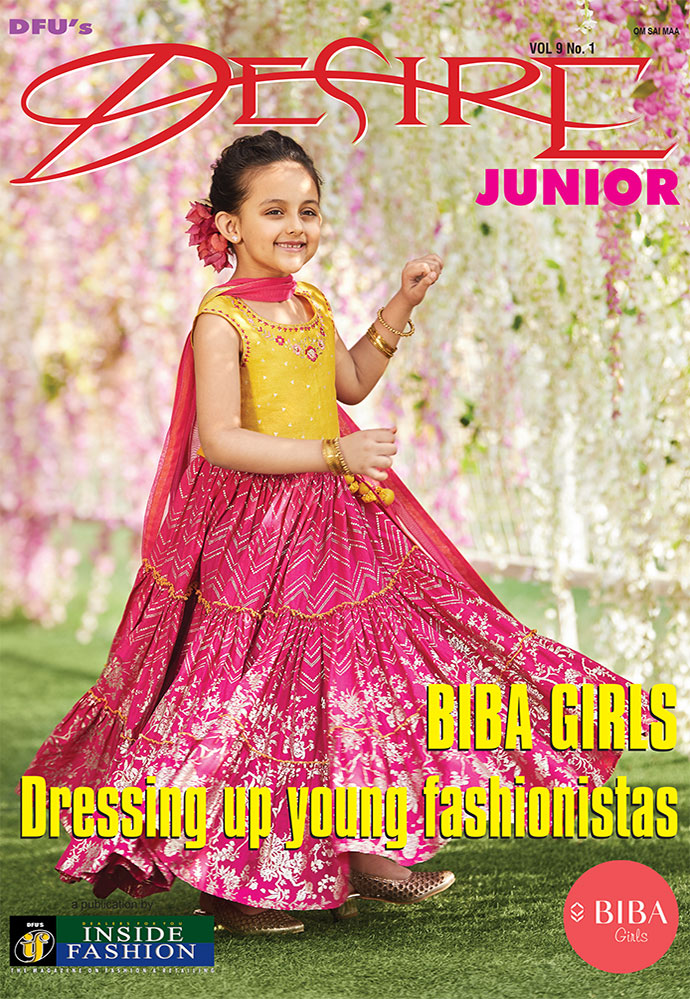Where the world slows, India accelerates, BCG spotlights the country’s growing affluence

07 August 2025, Mumbai
As the global luxury sector braces for its first major deceleration in over a decade, all eyes are turning east—towards a country not just resisting the downturn but defying it with dazzling momentum. According to Boston Consulting Group’s latest “True Luxury Global Consumer Insights 2025” report, Indian market stands as a outlier, boosted by high-net-worth individuals (HNWIs) and ultra-high-net-worth individuals (UHNWIs) whose appetite for exclusive, experience-driven luxury is reshaping the global narrative.
While traditional luxury powerhouses in Europe, the US, and even China grapple with cooling consumer enthusiasm, India is experiencing a luxury renaissance. And at the centre of it is a powerful convergence of aspiration and actualized affluence.
A wealth wave reshaping the market
For years, luxury growth globally rode on the backs of aspirational consumers—those willing to stretch their wallets for a taste of exclusivity. But as inflation bites and economic caution sets in, these consumers are retreating. In contrast, India’s ultra-affluent are stepping up, not stepping back.
The BCG report, based on survey insights across global high-spending demographics, places India in sharp focus. It forecasts a CAGR of 11–15 per cent in India’s HNWI and UHNWI population by 2034, a which increases the pool of serious luxury consumers in the country.
“India is not just a fast-growing market—it is a strategic imperative,” the report states.
This elite demographic, though a minority in size, commands immense purchasing power and is evolving in its preferences. No longer satisfied with logo-heavy displays of affluence, India's luxury consumers are moving toward refined, personalized, and purpose-driven luxury.
India’s elite, the new vanguard of luxury spending
In global terms, top-tier clients, those who span multiple luxury categories, spend an average of €355,000 annually, rising to €500,000 when accounting for wellness, high-end automobiles, and longevity experiences. This metric is increasingly relevant in India, where a growing band of UHNWIs mirrors global peers not just in financial capability, but in lifestyle philosophy.
Table: Global spending habits of top-tier clients
|
Category |
Share of top-tier client spend (approx.) |
Potential for India's UHNWIs |
|
Cars (Ultra-luxury) |
52% (highly engaging globally) |
High demand for limited editions and bespoke models. |
|
Design & Fine Arts |
43% (globally) |
Growing interest in curated art and designer homes. |
|
Wellness & Beauty |
35% (globally) |
Rapidly expanding segment for high-end spas, anti-aging, and exclusive beauty products. |
|
Personal Luxury (total) |
34% (Jewelry & Watches globally) |
Strong existing market, shifting towards bespoke and heritage pieces. |
|
Private Memberships |
28% (globally) |
Increasing demand for exclusive clubs and concierge services. |
|
Wine & Spirits |
38% (globally) |
Premiumization of consumption and demand for rare vintages. |
Note: These illustrative data is relevant to Indian UHNWIs
Notably, the report identifies a crucial segment, which is the “all-category spenders,” representing 17 per cent of global top-tier clients who spend upwards of €580,000 annually across a diversified luxury portfolio. Indian UHNWIs are swiftly aligning with this pattern, underscoring the need for multi-dimensional luxury offerings.
Beyond possessions, curating the high life
The traditional association of luxury with tangible goods is giving way to “lifestyle orchestration”, a philosophy that resonates deeply with India’s new elite. Here, the emphasis is on wellness, longevity, artistic expression, and experiences that deliver status without shouting.
India's affluent are investing in bio-luxe beauty regimes and anti-aging clinics in cities like Mumbai and Bengaluru; private art advisory services and international gallery partnerships; destination wellness retreats, often combining Ayurveda with cutting-edge Western therapies, curated memberships for bespoke experiences, ranging from fine wine curation to global private jet access. This is not simply consumption—it’s identity formation.
India’s allure for global luxury brands
For global luxury brands, India now represents more than just an “emerging market.” It is a blank slate brimming with potential, where brand loyalties are still fluid, and market maturity is nascent. The opportunity lies in shaping not just buying habits, but cultural associations with luxury itself.
BCG recommends three pillars for success in India
1. Craftsmanship & heritage: Indian consumers respond to authentic, hand-crafted narratives rooted in legacy.
2. Hyper-personalization: From monogrammed trunks to custom-blended fragrances, individuality reigns supreme.
3. Exclusive touchpoints: Whether through invitation-only previews, AI-driven clienting, or private salons—intimacy matters.
India’s HNWIs are also digital natives, globally mobile, and acutely aware of what luxury should feel like. The report warns that “too noisy, too crowded, too industrial” luxury will falter here. Instead, brands must cultivate trust, storytelling, and personal relevance.
Thus India’s luxe leap is more than a counter-trend; it is a redrawing of the global luxury map. The mix of real affluence, rising sophistication, and an untapped emotional luxury quotient gives India an edge few markets can rival.
And while the West decelerates, India accelerates—not with loud ostentation, but with a quiet, curated confidence. “For luxury in India, the future is not about scaling down expectations,” BCG concludes. “It’s about scaling up experience.”
Latest Publications




